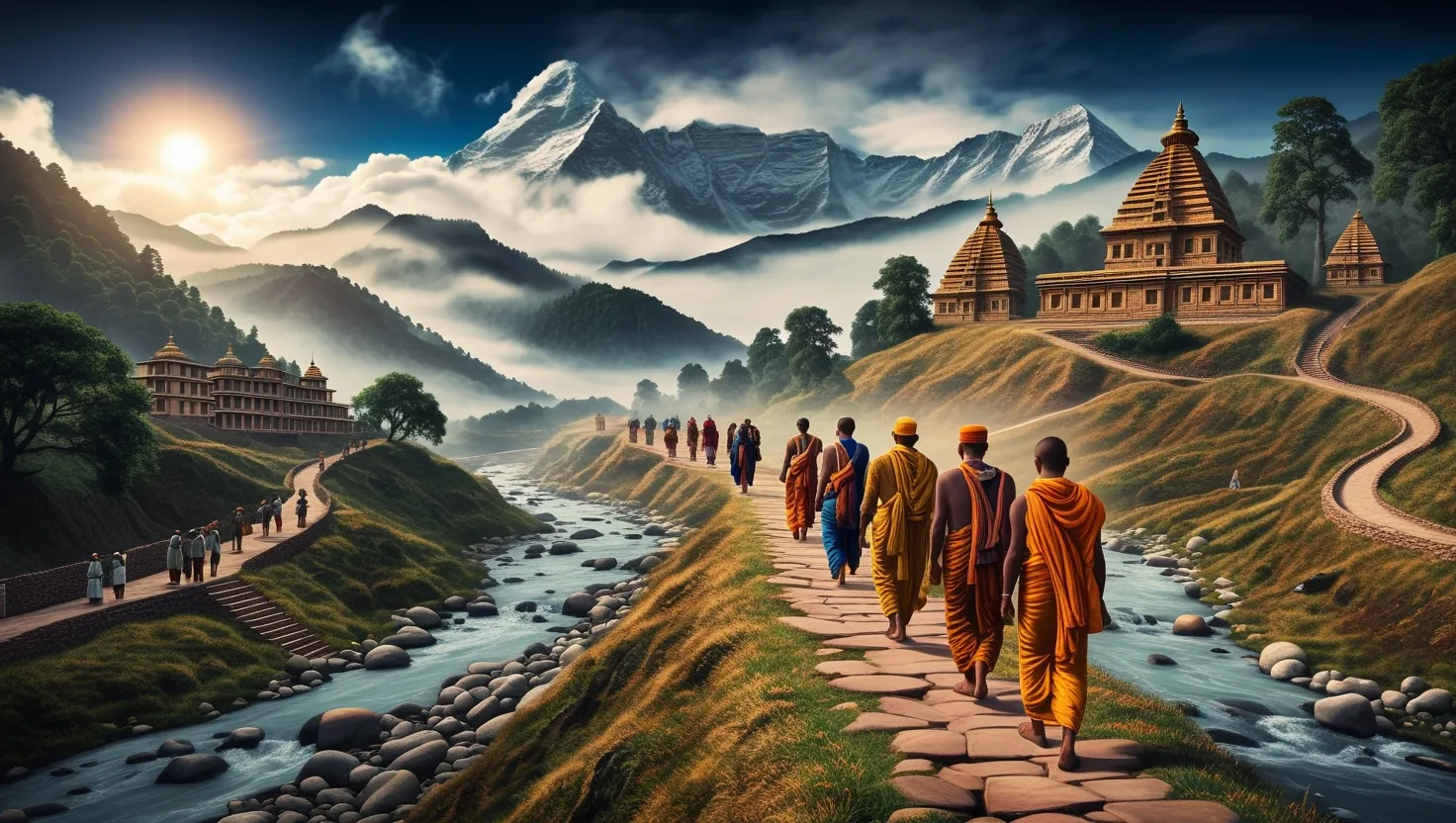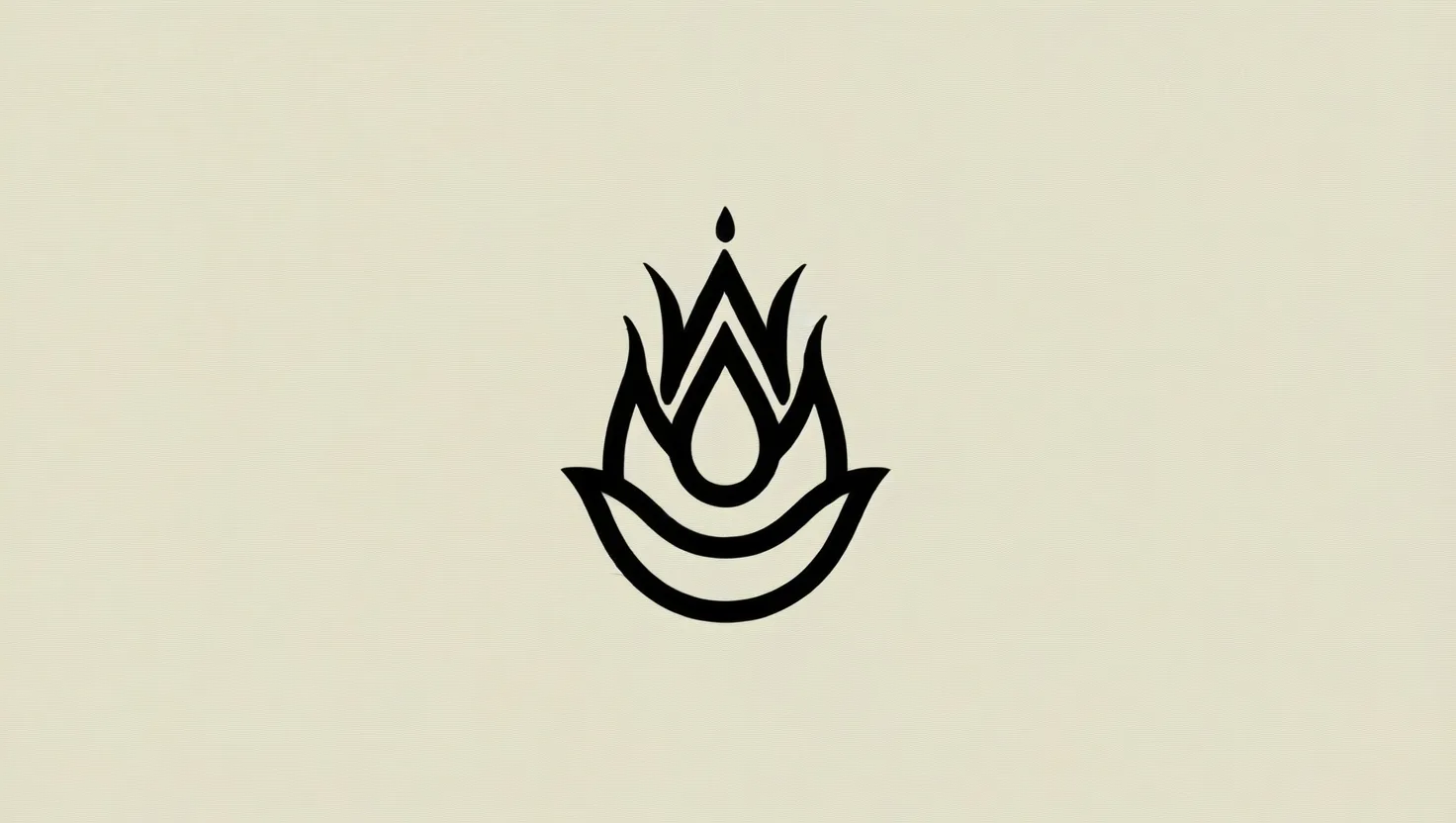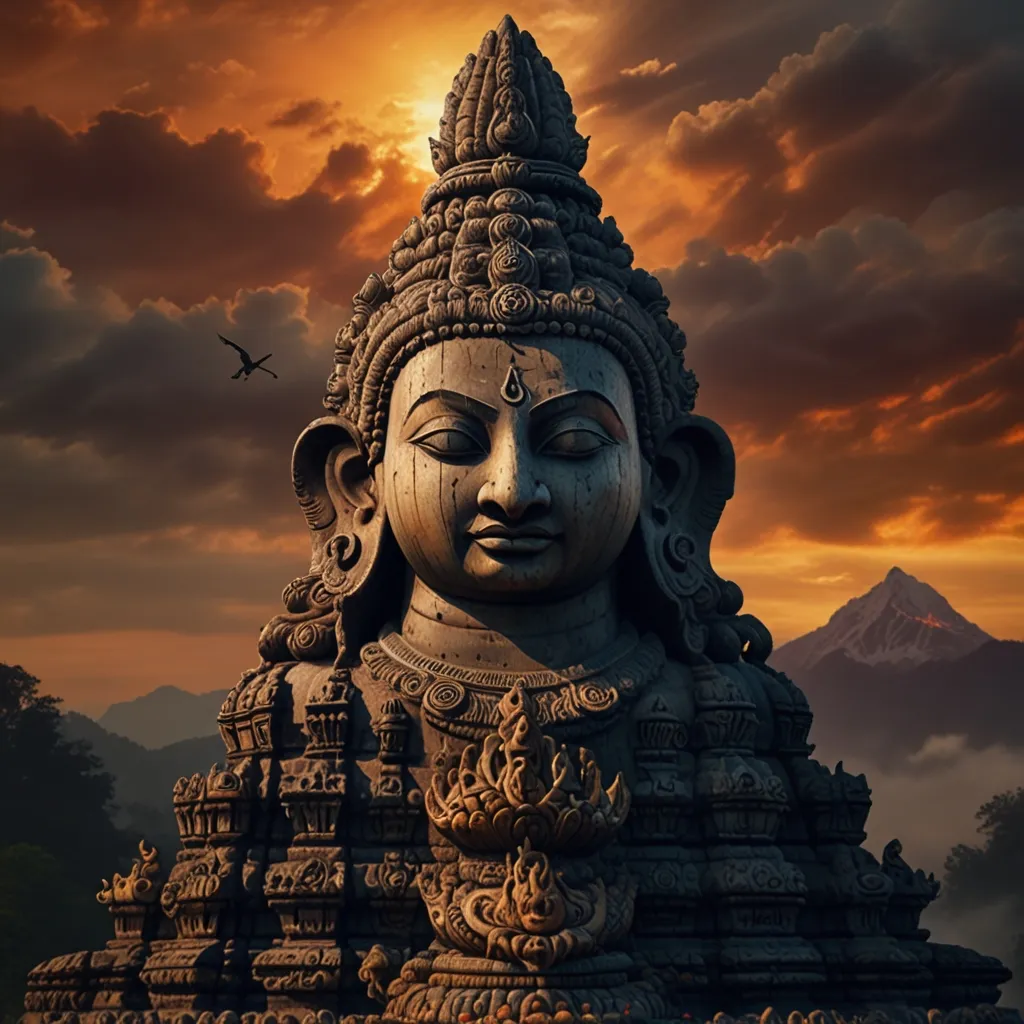Across the Skanda Purana’s vivid pages, I find myself drawn into a world where land and spirit are forever linked. This ancient text does much more than recount legends; it invites us into living traditions of pilgrimage that have shaped and enlivened India’s spiritual geography. When I read these stories, I see not just journeys of faith, but intricate maps connecting forests, rivers, and mountains—each pulsing with divine presence and layers of meaning. Why do these journeys matter, and what secrets might they reveal beyond their surface rituals?
“Travel far, pay no fare… a single step is all that counts.” —Kabir
One of my favorite revelations from the Skanda Purana is how pilgrimage is not only about destinations, but also about the movement itself. These journeys—the seven sacred traditions—challenge the body and the mind. As I set out in imagination on these paths, the hardships themselves become part of the process. Every step, whether it’s toward a snowy Himalayan shrine or a sunlit southern temple, is transformed by intention. This spirit of travel, rather than arrival, is central to the purpose. It’s no surprise the Purana devotes so much detail to how these paths should be walked: with mindfulness, humility, and a heart open to transformation.
The Purana’s accounts don’t simply list sites to visit—they weave astonishing tales around each one. Each tirtha, or pilgrimage center, is alive with supernatural events. For instance, consider Somnath, where the Moon God’s loss of radiance and his cleansing in the Sarasvati waters give the temple its name and power. Behind every location lingers a story—of gods intervening, of landscapes transformed by devotion. The geography itself becomes magical; rivers flow with legends and mountains echo with prayers. Do we treat our environment with that same respect today, seeing myth and meaning in each stone and stream?
“He who travels to holy places grows wise.” —Thiruvalluvar
The tradition of the Char Dham—four cardinal shrines—offers not only spiritual purification but also a masterful structuring of pilgrimage practice. These sites in the north, south, east, and west are meant to unify a diverse land under a spiritual map. Stepping into places like Badrinath, Kedarnath, Dwarka, and Rameswaram, I feel how the entire subcontinent is bound together by shared ritual and devotion. There’s a genius in how the Skanda Purana organizes this; spiritual growth is not a vague idea, but a clearly charted journey, with each destination representing a stage of liberation.
What interests me most is the emphasis on what pilgrims gain—punya, spiritual merit not earned by rituals alone, but by the act of traveling itself. The effort—the sweat, the fatigue, the surrender of comfort—is what makes the journey sacred. We are asked to leave behind the familiar, to embrace discomfort as a form of penance. I wonder: In a world where travel is easier and more comfortable, has this merit lost its edge, or does intention always matter more than the terrain?
“If you wish to know the divine, feel the wind on your face and the earth beneath your feet.” —Anonymous
Many don’t realize how pilgrimage also weaves communities together. The Purana lists rules of conduct that foster humility and charity. Pilgrims are told to be generous, to help each other, and to approach sacred sites with shared purpose. This isn’t just spiritual advice—it’s a blueprint for a just society. The journey, then, becomes a social ritual, nurturing empathy and solidarity far beyond the temples themselves. How often do our modern travels connect us to others like this, breaking the boundaries between self and world?
Some traditions described in the Skanda Purana are so tied to local histories that they act as bridges, linking microcultures. For example, Vadnagar in Gujarat, described as “Chamatkarapura,” is presented as miraculous—a place where spiritual potency meets everyday life. In the Saurashtra region, Prabhasa Kshetra draws pilgrims into tales of healing, divine intervention, and the mysterious confluence of rivers. It’s remarkable how these places, through countless generations, become living museums of memory, tradition, and communal devotion.
“Do not follow where the path may lead. Go instead where there is no path and leave a trail.” —Ralph Waldo Emerson
I find the guidance around conduct particularly fascinating. The rituals extend to how we move, how we eat, and how we interact. There’s a deep ecological wisdom here—pilgrims are told to approach the land with gratitude, to leave behind only prayers, and to take from the land only what is needed. Modern conservation efforts could learn from this ancient ethic, where nature is seen as sacred partner, never a resource to be spent.
What’s often overlooked is how these pilgrimages create a rhythm to life, punctuating the year with cycles of movement and festival. The stories are filled with reminders that the physical landscape is a map of spiritual possibilities. In essence, the entire land is a living shrine, giving meaning to the paths we choose and the journeys we undertake. When I reflect on this, I realize how modern spirituality often stays indoors, while ancient traditions urge us out into the world. How might our lives change if we saw our daily commute, our walks through city parks, as part of a personal journey to the sacred?
“Not all those who wander are lost.” —J.R.R. Tolkien
Another unique angle is the economic ripple effect of pilgrimage. The Purana is explicit about how travelers support local economies through offerings, accommodations, and food. Temples became marketplaces, supporting artisans and communities. This intersection of faith and commerce serves as a subtle reminder that sacred traditions are also material, grounding spirituality in everyday life. In a way, pilgrimage is an act of both devotion and practical support, sustaining cities and villages across the centuries.
The idea of tirtha, or crossing place, fascinates me most. Each journey is a chance to cross from ordinary life into a zone of transformation. Pilgrimage is not just travel for the sake of ritual; it is a crossing—an act of faith where the division between worldly and divine thins out. This, I think, is the essence of sacred journey: a chance to change, to become someone new amid ancient landscapes.
Are these journeys still relevant in a fast-paced digital age? The cumulative wisdom of the Skanda Purana says yes. It suggests that pilgrimage is not just tradition, but living practice—an invitation to move, to connect, to transform quietly. When I read the accounts of pilgrims walking for weeks, overcoming fatigue with shared songs, I hear echoes in today’s marathon runners, spiritual travelers, and seekers of all faiths. The landscape might change, but the spirit stays alive.
“To travel is to take a journey into yourself.” —Danny Kaye
Reflecting on the seven sacred journeys from the Skanda Purana, I sense a multilayered tradition that is practical, mystical, and above all inclusive. These ancient routes remind us that spiritual life is not solitary—it is forged through shared paths and common hopes. The lessons are sharp and timely: treat the earth as sacred, accept discomfort, travel humbly, let community lift you, and find meaning in every step.
What sacred journeys still call out today, waiting to be rediscovered? The answers are only as far as the next horizon, and sometimes, within us.






